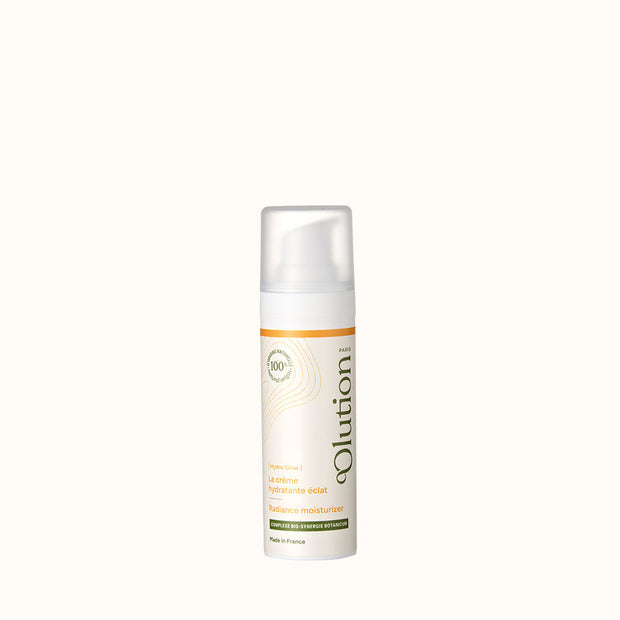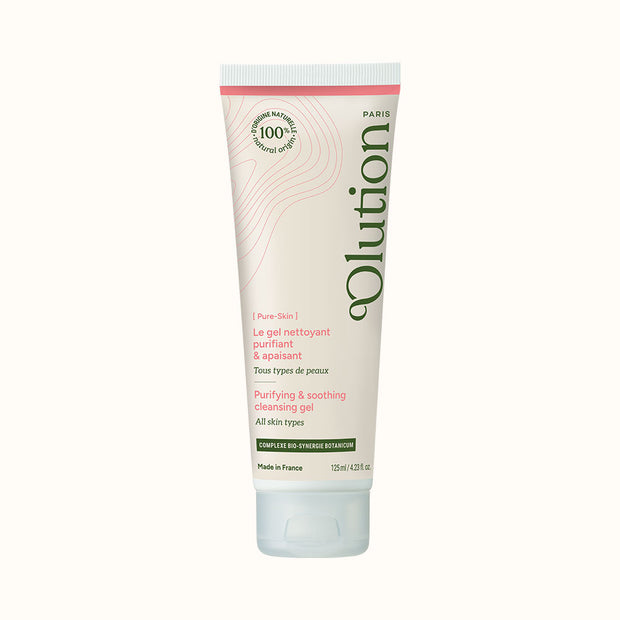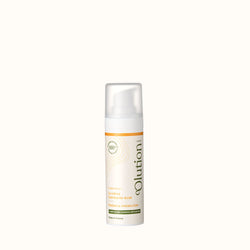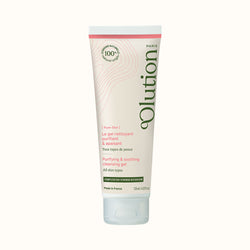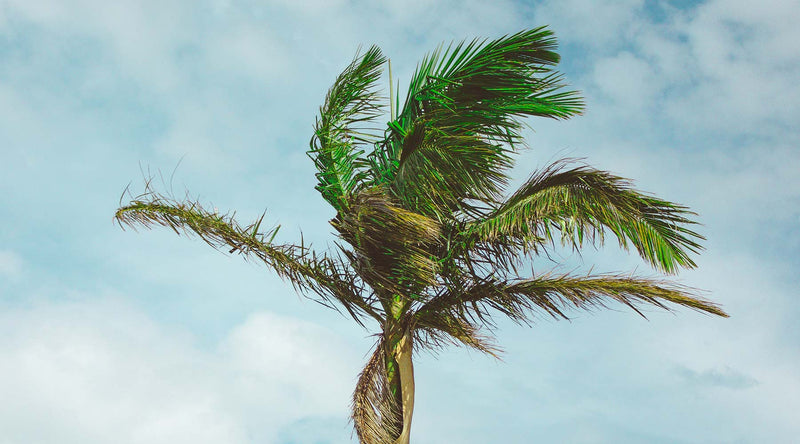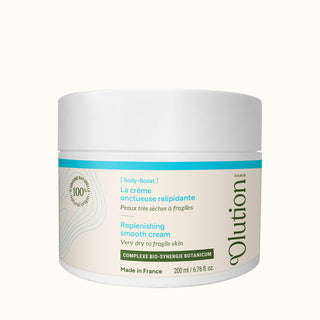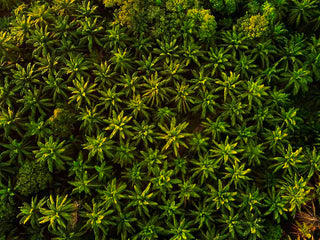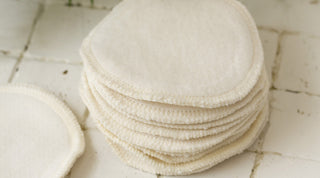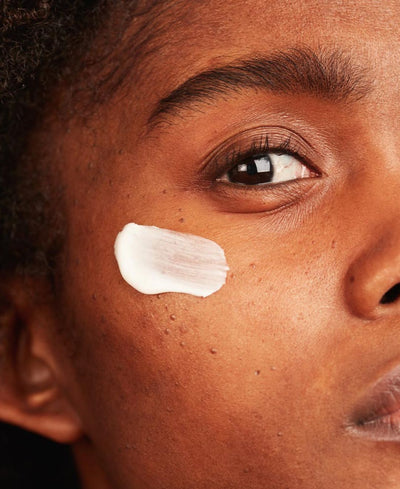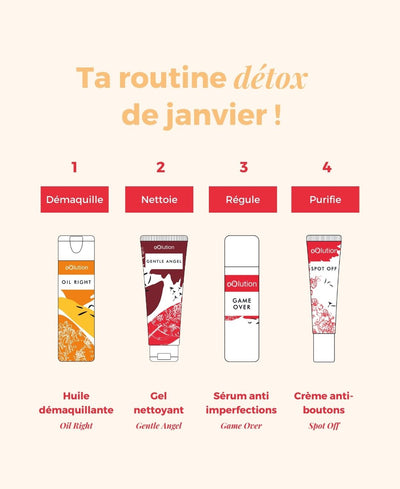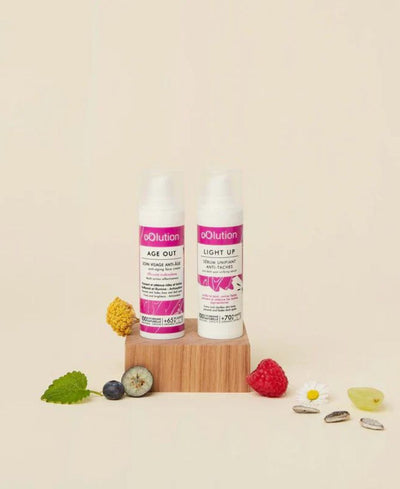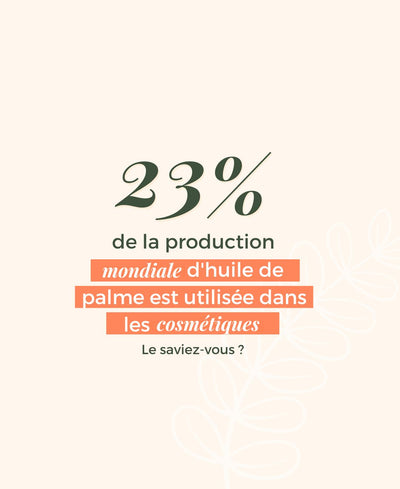Palm oil in cosmetics poses no health risk. Nevertheless, it is imperative to avoid using palm-oil-based cosmetics, as its over-exploitation represents a real environmental and social scourge. In order to meet the growing demand for palm oil from manufacturers, palm plantations are expanding at an ever-increasing rate, causing unprecedented deforestation: 50% of tropical forests have disappeared*. In Borneo, for example, 80% of the forest area has disappeared since 1990*. And what if our beauty routines were also contributing to this deforestation? Indeed: 23% of the world's palm oil production is consumed by the cosmetics industry*.
This has several consequences: the accentuation of climate change and the disappearance of thousands of species that depend on these tropical forests for their survival (Orangutans, Sumatran tigers, to name but the best-known). Palm oil production is concentrated in certain areas, notably Southeast Asia, where the world's oldest and most biodiverse primary forests are found. The palm oil in our potato chips, cookies, spreads and cosmetics therefore contributes to the loss of this invaluable resource.
It's easy to spot palm oil in food products. Just take a look at the list of ingredients. If you see "vegetable oil" or "vegetable fat" but don't know which, then you know the product contains palm oil. Vegetable oils and fats may also be followed by the words "hydrogenated": same battle, avoid!
In a previous article, I explained that palm oil is also ubiquitous in all commonly used cosmetics:
- face and body creams
- hygiene and make-up removal products
- oils for hair, face or body
- make-up products, etc.
In cosmetics, identifying the presence of palm oil in the composition is a real challenge. This is because palm oil (Elaeis Guineensis Oil) is almost never present in its raw state in cosmetics, but only in processed form.
Palm oil derivatives are very common in cosmetics, with names that are often quite complex, making them difficult to identify at first glance. In fact, you can spot the most common palm oil derivatives by knowing just a few names.
To help you, I've drawn up a list of names that will tell you that a product most probably contains palm oil, which we present to you in the form of an infographic. Don't hesitate to share it with others, as there are many people who want to get involved.
